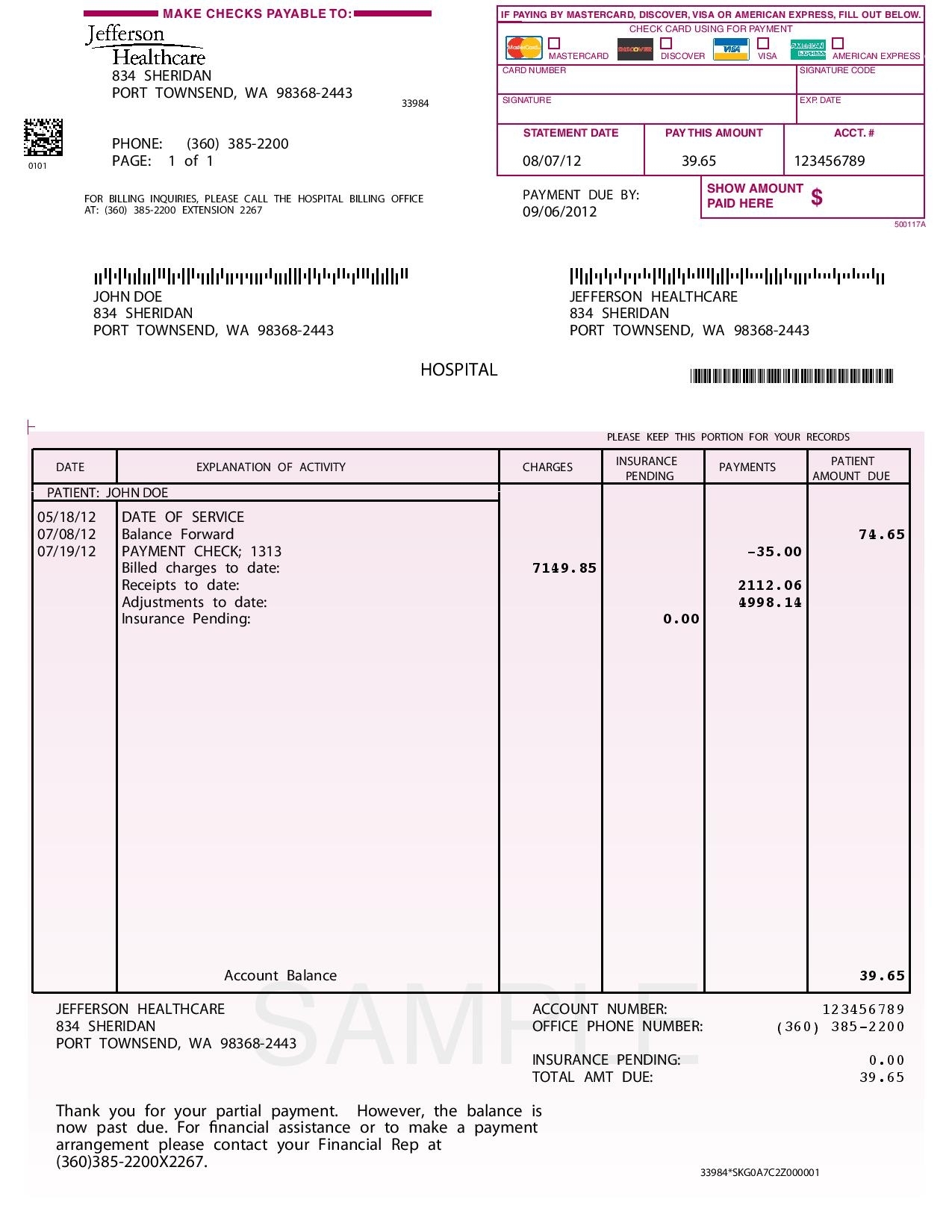
Invoice payment immediately isn’t fair to the client if you perform work that isn’t up to par. However, you should be prepared for some clients not to agree to use your services because they cannot agree to such payment terms.Īnother aspect to consider is that the client might want to review your work before paying you.

Invoices are going to be sent out when the project is complete, and you expect payment immediately.

One way around this, though, is to ensure that both parties know about the disclaimer of due on receipt. They literally cannot make the payment, so you've got to wait until they can. If you send the invoice with the due on receipt claim, they could be waiting until they get paid. For one, you can’t always guarantee that your client is going to pay you the next day. Unfortunately, there are also a few drawbacks of using the due upon receipt payment term. Disadvantages of Using the Term Due Upon Receipt Invoices can be sent automatically, and the client then knows that payment is due immediately. Plus, you don’t have to worry about the client not getting the receipt. Money comes to you within a single business day, so your accounts are accurate. With the due on receipt option, you don’t have this problem. Now you’ve got to contact the client and discuss the payment terms, reminding them and proving that you never got paid. Then it can take a lot of time to go through documents and emails to find the right invoice and determine how much you’re owed. Of course, will leave you with a gap in your books when you realize things weren’t paid. Some clients can take months before they pay, which means you might forget you sent the invoice at all. One of the biggest issues with sending an invoice and not getting paid fast is because you could forget to request the payment after a while. If you need to be paid for your work because of your bills or because other payments are due, this is essential. With quick payments, you don’t worry about getting to your next payday. They might make a bank transfer or a credit card payment-regardless of the method, a speedy payment is to be expected. Clients can use these payment terms along with the method they choose to pay the bill when they get the invoice. Payment is needed as soon as possible, which is often the next business day. Advantages of Using the Term Due Upon ReceiptĬlearly, you can see the biggest advantage of using this term on your invoice. Payment due upon receipt can be a good or bad thing, depending on the situation. To have a better understanding of the due upon receipt meaning, you should understand the benefits and drawbacks of these terms. However, it’s not always going to be beneficial. Technically there’s nothing to stop you from adding this terminology to every invoice you create. Therefore, when you label the invoice with the payment terms of due upon receipt, you make sure that the money you’ve earned gets to you fast so that you both can move on with your life. They don’t want any repeat business and only desire your services one time. It usually works best when you’ve got a new client who wants you to work on a single job. Generally, there are just a handful of situations where the payment due upon receive term is utilized. Terms like this, though, aren’t often used for each job you take. You receive the money fast from your payments. Naturally, most people see the term and believe it to be life-changing. Why You Should Mark Your Invoices with This Term of Payment Therefore, these pay terms are critical for managing your cash flow. Getting paid is always your topmost priority, especially if you provided quality work. Ideally, you want your money that same day, but the term usually means they can pay you the next business day.

When you use the term you are effectively being upfront and demanding that the client have the payment ready to pay as soon as possible. Therefore, when you include it on your invoice payment terms, it means the client must pay you for your work as soon as he or she receives the invoice. The term 'due on receipt' is straightforward: it refers to when payment is due for an invoice. Those who want to get paid quickly should put a label on their invoice, which uses the phrase ‘due upon receipt’-a reference to the invoice payment terms.

Ultimately, the best way to avoid such a situation is to set up terms of payment, as well as conditions before you agree to work for someone. With Hiveage you can send elegant invoices to your customers, accept online payments, and manage your team - all in one place.


 0 kommentar(er)
0 kommentar(er)
